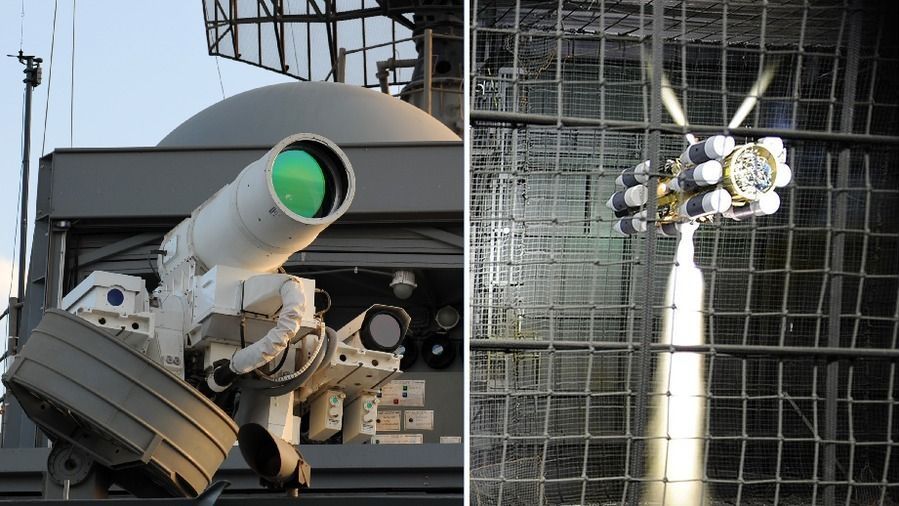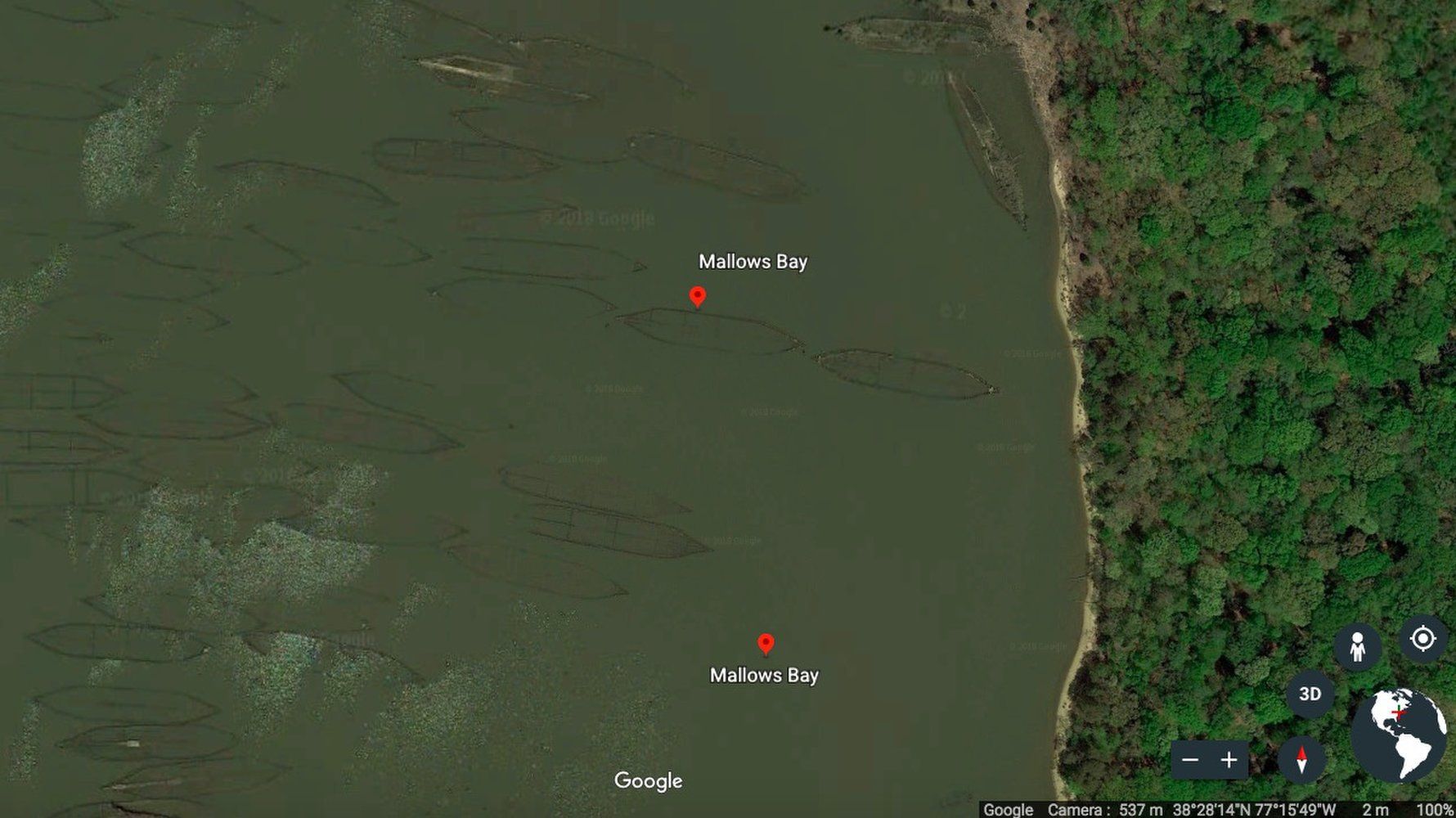Archive for the ‘military’ category: Page 222
Dec 18, 2018
SpaceX and Blue Origin Just Scrubbed Near-Simultaneous Rocket Launches (Arianespace and ULA, Too!)
Posted by Genevieve Klien in categories: computing, military, satellites
With no less than FOUR rocket launches by four different companies, today promised to be an epic one for space fans. But by mid-morning, two of the most anticipated launches, by SpaceX and Blue Origin, were scrubbed by glitches, while weather forced another launch delay in South America.
SpaceX and Blue Origin kicked off the launch attempts today (Dec. 18). A SpaceX Falcon 9 rocket was set to launch GPS III SV01, the first of an advanced new navigation satellite system for the U.S. military. At first the mission, initially scheduled for 9:11 a.m. EST (1411 GMT), slipped a few minutes to 9:34 a.m. EST as SpaceX prepared for launch at its Cape Canaveral Air Force Station pad in Florida. But seven minutes before liftoff, the Falcon 9’s onboard computer triggered an abort, forcing SpaceX to stand down for the day.
“We did have an abort,” SpaceX Firmware Engineer Tom Praderio said during live commentary. “This abort was triggered by the onboard Falcon 9 flight computer. The unfortunate part is that it has pushed us past our launch window today.” SpaceX had a 26-minute window for the launch attempt. The company will try again Wednesday (Dec. 19), with liftoff set for 9:07 a.m. EST (1407 GMT).
Dec 18, 2018
The US Military Is Genetically Modifying Microbes to Detect Enemy Ships
Posted by Xavier Rosseel in categories: bioengineering, biological, genetics, military
🤔🧐🤷♂️🤦♂️
The effort is part of a $45 million program across all the branches of the armed forces to figure out military applications for genetic engineering.
Dec 17, 2018
An Underwater ‘Ghost Fleet’ of Shipwrecks Is On the Move, and Here’s Why
Posted by Genevieve Klien in categories: futurism, military
WASHINGTON — The history of maritime vessels in the U.S. is preserved in an unlikely place — at the bottom of a river.
Nearly 200 military shipwrecks — dating as far back as the Revolutionary War and including ships from the Civil War and both World War I and World War II — were deliberately sunk over centuries, in an area of the Potomac River called Mallows Bay, in Maryland. Over time, this so-called ghost fleet of wooden ships has come to serve as habitat for local wildlife.
But is this artificial ecosystem stable? Researchers recently investigated how the shipwrecks have changed over time; their findings, presented here on Dec. 13 at the annual meeting of the American Geophysical Union (AGU), explained how the bodies of the ships weathered river conditions — in some cases for hundreds of years — and how that might affect the future of the ghost fleet ecosystem. [Mayday! 17 Mysterious Shipwrecks You Can See on Google Earth].
Dec 16, 2018
DARPA head on AI dangers: ‘It’s not one of those things that keeps me up at night’
Posted by Derick Lee in categories: military, robotics/AI
“At least in the Defense Department today, we don’t see machines doing anything by themselves,” he said, noting that agency researchers are intensely focused on building “human-machine” partnerships. “I think we’re a long way off from a generalized AI, even in the third wave in what we’re pursuing.”
Artificial intelligence does not yet pose a serious threat to humans, according to the head of the Defense Advanced Research Agency. Though the military is rushing to improve its AI capabilities, DARPA Director Dr. Steven H. Walker said AI remains “a very fragile capability.”
Dec 6, 2018
The Final Frontier: Directed Energy Applications in Outer Space
Posted by Klaus Baldauf in categories: energy, mapping, military, space
[Editor’s Note: Mad Scientist Laboratory is pleased to publish the following post by returning guest blogger and proclaimed Mad Scientist Ms. Marie Murphy, addressing Directed Energy Weapon (DEW) applications in space, and their potential impact on Multi-Domain Operations (MDO) in the Future Operational Environment.]
The image of the “space war” is ubiquitous from popular Cold War and contemporary renderings: fast attack fighters equipped with laser cannons, swooping in to engage the enemy fleet in an outer space dogfight, culminating with the cataclysmic explosion of the enemy’s dreadnought. The use of directed energy in this scenario, while making for good entertainment, is a far cry from the practical applications of directed energy in space out to 2050. Taking a step back from the thrilling future possibilities of space combat, it is important to note that it is not a question of when lasers will be put into space — they already have been. What is uncertain is the speed at which lasers and other forms of directed energy will be weaponized, and when these capabilities will be used to extend conflict into the physical domain of low-earth orbit and outer space.
Since 2003, NASA has used a laser mounted on a satellite to measure ice sheets and conduct other environmental studies and mapping. This mission involved the constant emission of a green laser, split into six beams, reflecting off polar ice and returning photons to the satellite. NASA is presently exploring the use of lasers for communications, a technology with abundant military applications. One such program, undertaken jointly by NASA and private industry, is the use of optical, or laser, communications between space assets and ground stations on Earth. These optical transmissions have the benefit of allowing the communication.
Continue reading “The Final Frontier: Directed Energy Applications in Outer Space” »
Dec 6, 2018
Lasers & space weapons? How US might try to counter invincible Russian & Chinese hypersonic missiles
Posted by Derick Lee in categories: military, space, sustainability

https://youtube.com/watch?v=d1Lgi-lwUho
The American missile defense system, strategically placed all around the globe, has been the centerpiece of the “defensive” capabilities of Washington for years. The system relies on anti-aircraft missiles, supposed to shoot down incoming hostile projectiles. But the emergence of unconventional weaponry –namely the hypersonic missiles– has raised demand for new, equally unconventional defense systems.
Apart from hitting an incoming projectile with an intercepting one, the anti-missile research and development in the US revolved around two main ideas – using lasers and hitting hostile missiles with a kinetic device. The US military-industrial companies have been recycling the two concepts for years, fielding several prototypes that never entered full-scale production.
Dec 4, 2018
The US Military Is Genetically Engineering New Life Forms To Detect Enemy Subs
Posted by Klaus Baldauf in categories: bioengineering, biotech/medical, genetics, military
The Pentagon is also looking at living camouflage, self-healing paint, and a variety of other applications of engineered organisms, but the basic science remains a challenge.
How do you detect submarines in an expanse as large as the ocean? The U.S. military hopes that common marine microorganisms might be genetically engineered into living tripwires to signal the passage of enemy subs, underwater vessels, or even divers.
It’s one of many potential military applications for so-called engineered organisms, a field that promises living camouflage that reacts to its surroundings to better avoid detection, new drugs and medicines to help deployed forces survive in harsh conditions, and more. But the research is in its very early stages, military officials said.
Continue reading “The US Military Is Genetically Engineering New Life Forms To Detect Enemy Subs” »
Dec 2, 2018
Harvard Scientists to Release Sun-Dimming Sky Chemical in 2019
Posted by Shailesh Prasad in categories: climatology, engineering, military, sustainability
Critics say that geoengineering efforts are Band-Aid solutions that treat the symptoms of climate change instead of the cause: global carbon emissions. Jim Thomas, the co-executive director of an environmental advocacy organization called the ETC Group, told Nature that he fears the Harvard project could push the concept of geoengineering into the mainstream.
But advocates say that anything that could buy some extra time in the face of looming climate catastrophe is worth exploring.
“I’m studying a chemical substance,” Harvard researcher Zhen Dai told Nature. “It’s not like it’s a nuclear bomb.”
Dec 2, 2018
Astronaut says a neglected telescope is NASA’s best chance of defending Earth from ‘city killer’ asteroids — ‘for God’s sake, fund it’
Posted by Michael Lance in categories: asteroid/comet impacts, existential risks, government, military
Killer asteroids might be a bigger threat than you think.
- Small asteroids can strike Earth with the force of many nuclear weapons and destroy entire cities.
- A small fraction of such asteroids is estimated to have been found, but NASA is supposed to find 90% of them by 2020.
- Retired astronaut Rusty Schweickart says a relatively inexpensive space telescope, called the Near-Earth Object Camera, could find these space rocks — and quickly.
- NASA has denied full funding to NEOCam multiple times because the agency’s mission selection process is weighted against the telescope.
- NEOCam’s supporters say the telescope needs just $40 million more in NASA’s budget to launch into space.
- It’s up to President Trump and Congress to raise NASA’s budget enough to support the mission.
A former NASA astronaut says the agency he used to work for has a duty to protect civilians from killer asteroids, but that it isn’t meeting that obligation.
The threat of asteroid strikes might seem as abstract as outer space itself. But the risk, while infrequent, is real — and potentially more deadly than the threat posed by some of the most powerful nuclear weapons ever detonated.
















